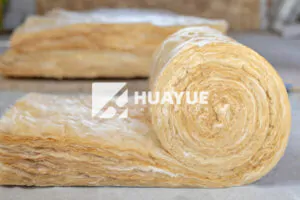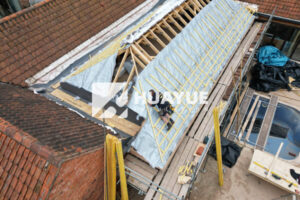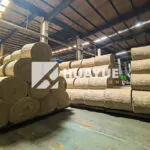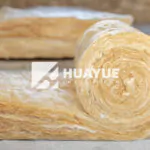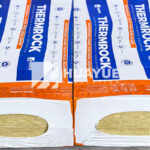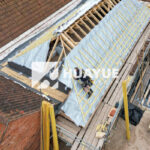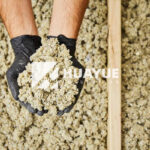What is fiberglass batt insulation?
Many people get confused by all the options in insulation materials and wonder what makes fiberglass batt insulation stand out. This post explains what it is and what it does.
Fiberglass batt insulation consists of pre-cut flexible panels made from spun glass fibers, and is designed to fit between standard structural framing. It provides thermal resistance, helping maintain consistent indoor temperatures, reducing energy costs, and offering basic soundproofing.
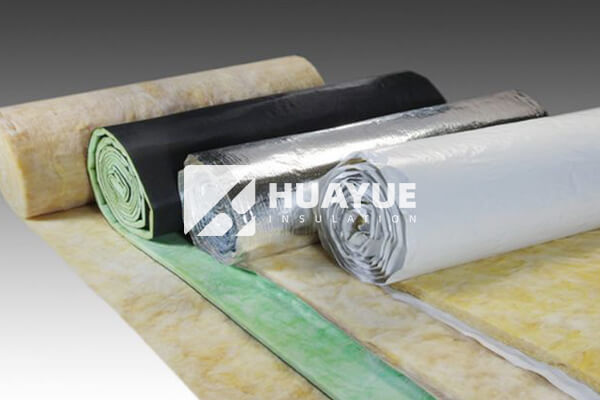
It can be tricky to decide which insulation type fits best for your project. I learned a lot about batt insulation when helping a client retrofit their aging warehouse years ago. Once we settled on fiberglass batts, installation moved quickly and energy efficiency improved. Let’s look at what sets batt insulation apart and answer some common questions.
Is batt insulation the same as fiberglass insulation?
Many people think batt insulation is always fiberglass, but that’s not quite right.
Batt insulation refers to the shape and installation style—a pre-cut panel or blanket meant to fit snugly in framing cavities. Fiberglass is the most popular material for batts, but batts can also be made from mineral wool, cotton, or other fibers. So, while most batt insulation is fiberglass, not all fiberglass insulation is sold as batts, and not all batts are fiberglass.
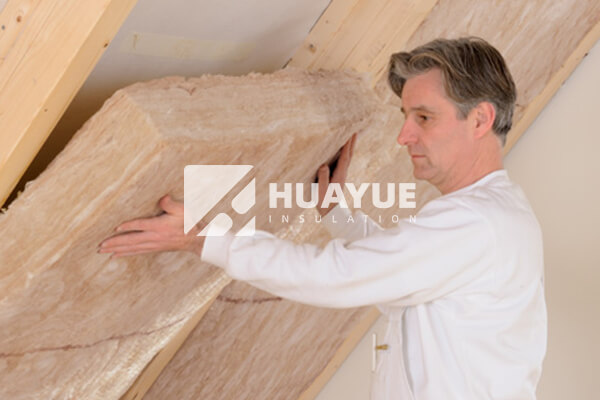
Batt insulation is cut and sized to fit between studs or joists. Fiberglass is the most common material, thanks to its low cost and ease of handling. My team and I have used both glass wool and rock wool batts. Both work in similar ways, though glass wool is more common in residential and commercial walls and attics.
Here’s a quick table showing the difference:
| Batt Insulation Type | Main Material | Common Uses | Benefits |
|---|---|---|---|
| Fiberglass batts | Spun glass | Walls, attics, floors | Affordable, easy to fit |
| Mineral wool batts | Rock/slag wool | High-temp, fire areas | Fire resistant, dense |
| Cotton batts | Recycled cotton | Eco upgrades | Renewable, less itchy |
When clients ask me, I tell them: when you see yellow or pink insulation in rolls or rectangles, it’s usually fiberglass batt. But if you want higher fire resistance or don’t want glass fibers, there are other batt options.
What does batt mean in insulation?
The word “batt” actually confuses many new builders and homeowners.
Batt means insulation that’s cut or formed into flat, rectangular pads or strips intended to fit into standard framing bays. It’s designed for fast installation between studs, joists, or rafters, and is often faced with a vapor barrier like kraft paper or foil—though it’s also sold “unfaced.”
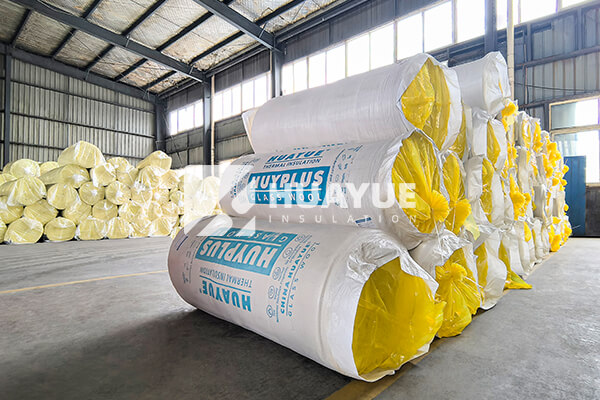
Think of batts like giant, thick blankets tailor-made to slot into open walls, ceilings, or floors. That’s different from loose-fill insulation, which is blown or poured in, or spray foam, which is applied as a liquid.
When I inspect projects, I still see a lot of batts because they’re reliable and quick to put in. Batts come in standard widths and thicknesses to match building codes and ensure the best fit with minimal gaps. This reduces thermal bridges and heat loss.
Typical batt sizes:
| Placement | Width (mm) | Thickness (mm) | R-Value Range* |
|---|---|---|---|
| Wall cavity | 400/600 | 50-100 | R11–R19 |
| Attic/floor | 400/600 | 100-200 | R19–R38 |
*R-value is a measure of thermal resistance; higher is better for energy saving.
What is a fibreglass batt?
Even industry pros sometimes mix up the terms fiberglass roll, loose-fill, and batt. So what exactly is a fiberglass batt?
A fiberglass batt is a section of insulation made by binding and shaping spun glass fibers into soft, flexible sheets. The fibers are held together with a small amount of binder to help them hold their batt shape. They’re cut to standard lengths and widths, ready to be unpacked and fit directly into framing spaces.
Fiberglass batts come faced (one side lined with kraft paper or foil for vapor barrier) or unfaced for flexibility in different construction methods. They’re lightweight, easy to cut to length, and resist fire, making them popular for all kinds of buildings.
When I do site visits, I look for the telltale pale yellow or pink color. I always wear gloves, as the fibers can feel itchy. Today’s batts are a lot less dusty and itchy than the ones I used early in my career. The binder formulas have improved, making installation much cleaner and more comfortable.
| Fiberglass Batt Features | Details |
|---|---|
| Material | Spun glass fibers |
| Typical color | Pink, yellow, white |
| Facing options | Kraft paper, foil, or unfaced |
| Use cases | Walls, attic, floors, ceilings |
| Key benefits | Fire resistance, non-absorbent |
Clients sometimes ask about the odor or dust. Newer products are usually low-odor and formaldehyde-free, which is another reason fiberglass batts remain so widely used in new builds and retrofits.
What are the disadvantages of batt insulation?
Even with all the advantages, fiberglass batt insulation isn’t perfect.
Batt insulation can be less effective if not installed properly, as gaps, compression, or misaligned pieces can lead to thermal bridging and heat leaks. It can lose performance if it gets wet, and may not fit irregular shapes as well as spray foam or loose-fill options.
I always remind clients that attention to detail is key during installation. Batts must be cut and placed carefully around pipes, wires, and outlets. Even small gaps reduce performance. Some installers rush batts into place, which allows air to move through the insulation, reducing its benefits over time.
Here’s a summary of common drawbacks:
| Disadvantage | Explanation |
|---|---|
| Poor fit in odd spaces | Struggles in non-standard framing |
| Sensitive to moisture | Wet batts may lose R-value, cause mold |
| Requires precise install | Gaps and compression lower performance |
| Itchiness | Improper handling bothers skin and eyes |
| Not an air barrier | Needs additional sealing for airtightness |
In my experience, batts are best for standard walls and flat ceilings, but for curved or irregular builds, spray foam or blown-in insulation fills gaps better.
Conclusion
Fiberglass batt insulation is a reliable, widely used thermal barrier, but correct installation is critical for maximizing comfort, savings, and performance.
You may also be interested in:
Ready to Get Started?
Get in touch with our experts for personalized solutions tailored to your needs.
Get Free QuoteLatest Articles
Let's Work Together
Ready to take your business to the next level? Get in touch with our team of experts and let's discuss how we can help you achieve your goals.
Get Free Solutions
